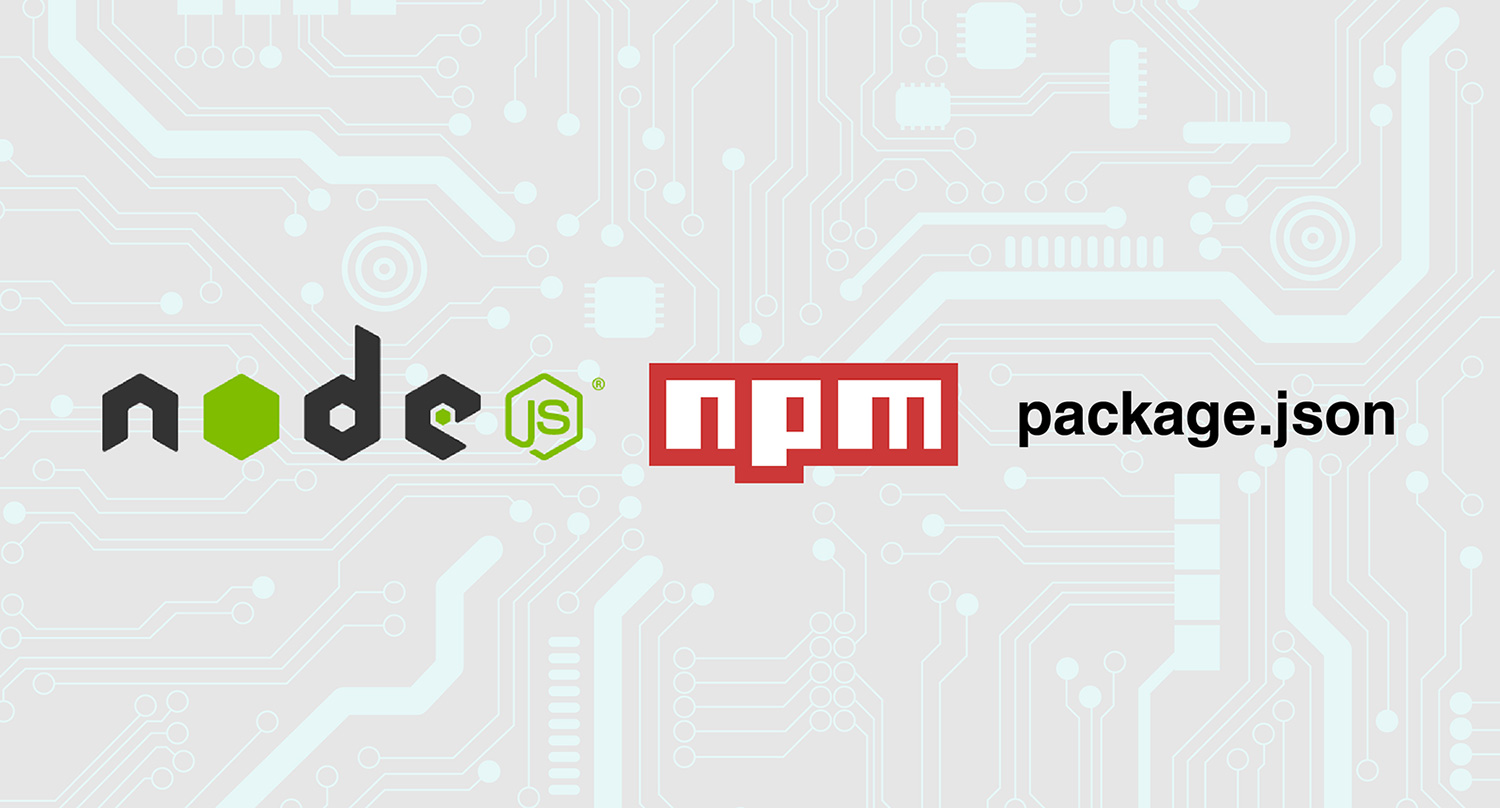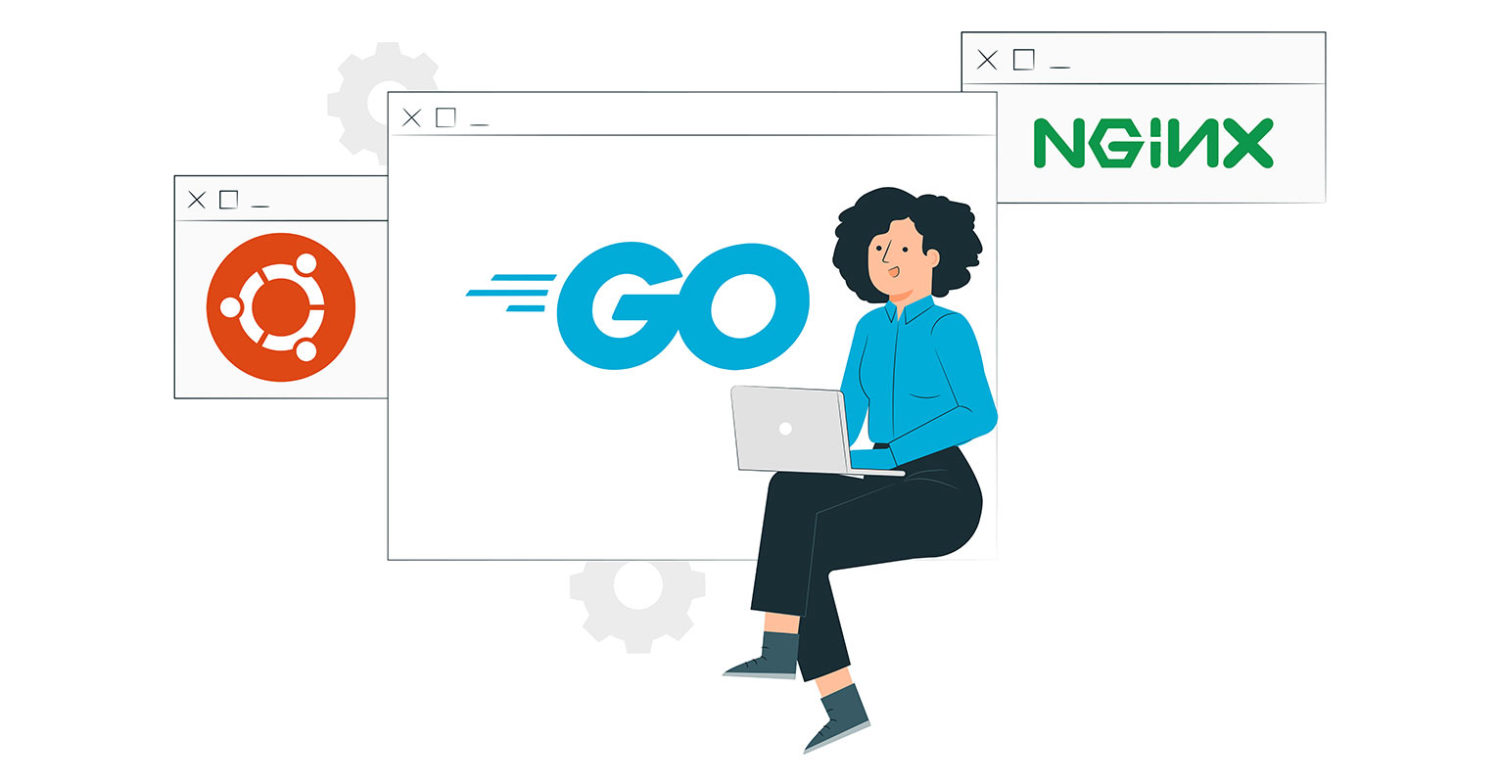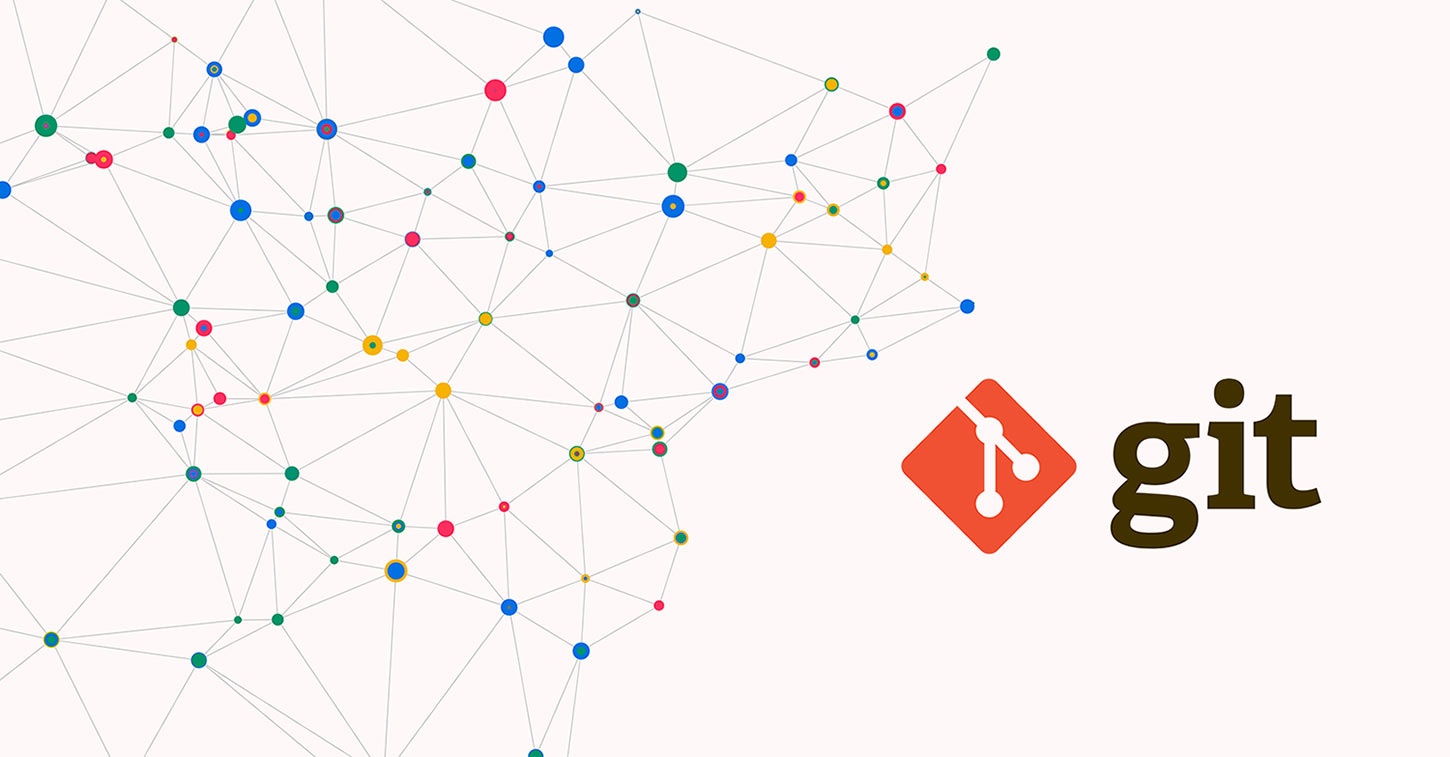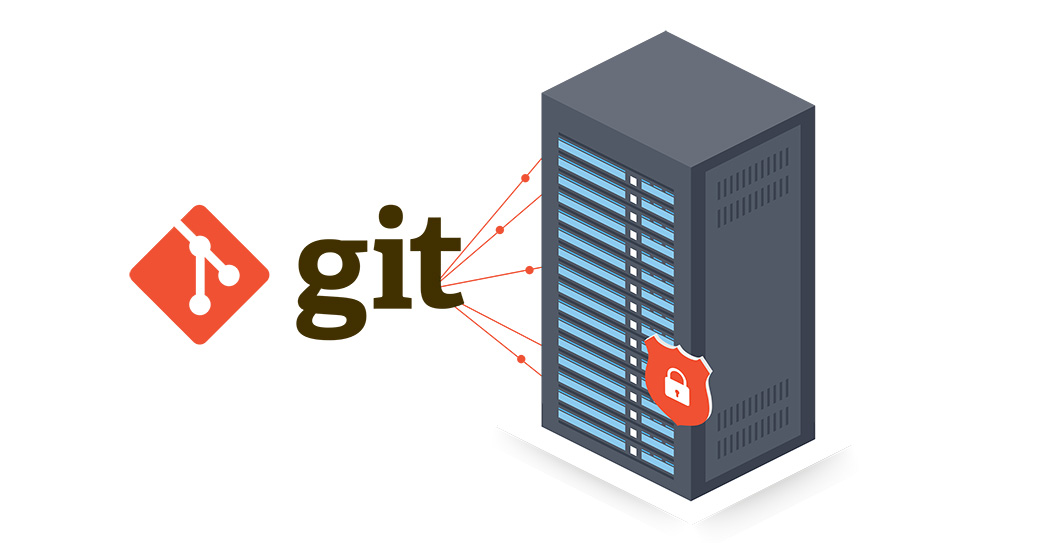Ruby is a well-known programming language. It aims to improve simplicity and productivity. It’s also a fully object-oriented programming language. In addition, Ruby comes with an elegant syntax that’s natural to read and easy to write. Any programming requires managing various data types. A data type describes a specific class of data. It tells the machine how it should handle …
Using Node.js Modules with npm and package.json: A Tutorial
Node.js is an open-source cross-platform Javascript runtime environment. For the last few years, it has become a popular choice for back-end web development due to its fast Input/Output (I/O) performance and unbeatable JavaScript syntax. Also, its adaptive nature allows quick customization, making this server technology stand out from its competitors. Node.js Package Manager — An Overview Node.js Package Manager or …
Smooth Scrolling in Action Using React: A Tutorial
React is an open-source JavaScript library used for building futuristic website designs and improving user interfaces. Due to its robustness, flexibility, and efficiency, it has outperformed its competing front-end libraries and frameworks. React provides excellent features and stand-out functionalities that facilitate customization and dynamic animation. In the list of animation collections, smooth scrolling in React helps in increasing web app …
Creating Views in the Django Web Application Framework
Django is a powerful, open-source, Python-based web framework that streamlines the process of creating and managing websites and web apps. Django applications are scalable, high-performance, and secure. It also comes with really good documentation on every single part of the framework. In our series on Django, we’ve been exploring Django by implementing a sample website with basic blogging features. In …
How to Import Packages in Go
Go (also known as Golang) is an open-source, statically typed programming language. It was originally developed by Google. Some notable features of Go include simplicity, high performance, readability, and efficiency. Like any other prominent programming language, the standard library of Go offers a rich set of packages. However, we can also extend the functionalities by incorporating third-party packages. This guide …
Enabling and Connecting the Django Admin Interface
Django is a popular, free, and open-source web application framework built on Python. It strives to streamline web app development. Django comes with a solid set of components to develop websites faster and easier. In our series of articles on Django, we have been exploring how to use Django with a demo app. In this guide, we will build on …
Installing and Configuring LAMP on Ubuntu 20.04 with Ansible
Server automation is a secure and reliable process of managing and monitoring servers in an effective and tech-savvy way. Unlike the traditional style of managing servers at data centers controlled by a dedicated team of experts, all servers are managed using automation. As a result, human errors are minimized. Configuration management tools like Ansible, Puppet, Terraform, to name a few, …
Deploying a Go Web Application using Nginx on Ubuntu 22.04
Go is an open-source general-purpose programming language. It was inspired by the productivity of Python while offering the ability of C. It was originally developed by Google to tackle issues they were facing with their codebase (code complexity and long compilation time). Like any other modern-day programming language, Go is suitable for all sorts of purposes. For example, it could …
Using Git Branches: A Tutorial
Git is an open-source version control system (VCS) that can handle projects of every size. This DevOps tool is free and open-source (Git source code on GitHub). It tracks changes in the source code, allowing multiple developers to work in sync on a non-linear development. Git was first introduced back in 2005 by Linus Torvalds. This guide will showcase how …
Setting Up a Redis Server as a Session Handler for PHP on Ubuntu 20.04
Redis is an open-source in-memory cache and storage system, also referred to as a data structure server. It offers advanced support for several data types, such as hashes, lists, sets, bitmaps, and many more. Because of its excellent performance, Redis finds its popularity in leading industries and top MNCs. Benefits of Redis When it comes to speed, there is no …
Installing Apache Tomcat 9 on Ubuntu 20.04
Apache Tomcat software is a Java-based HTTP server that can run Java technologies like Java Servlet, JavaServer Pages (JSP), and Java Expression Language. The advanced built-in customization options, high flexibility, and impressive stability make the software highly in-demand and a popular pick among developers globally. Let’s see what makes Apache Tomcat stand out among competitors: Open-Source Apache Tomcat is an …
How to Configure Automatic Deployment with Git with a VPS
Git is the most popular version control system in the field of software development. It’s open-source and actively maintained since 2005 by Linus Torvalds, the famous creator of Linux. Today, a staggering number of software projects (including commercial ones) use Git for version management. Git follows a distributed architecture, making it a perfect example of a DVCS (Distributed Version Control …













